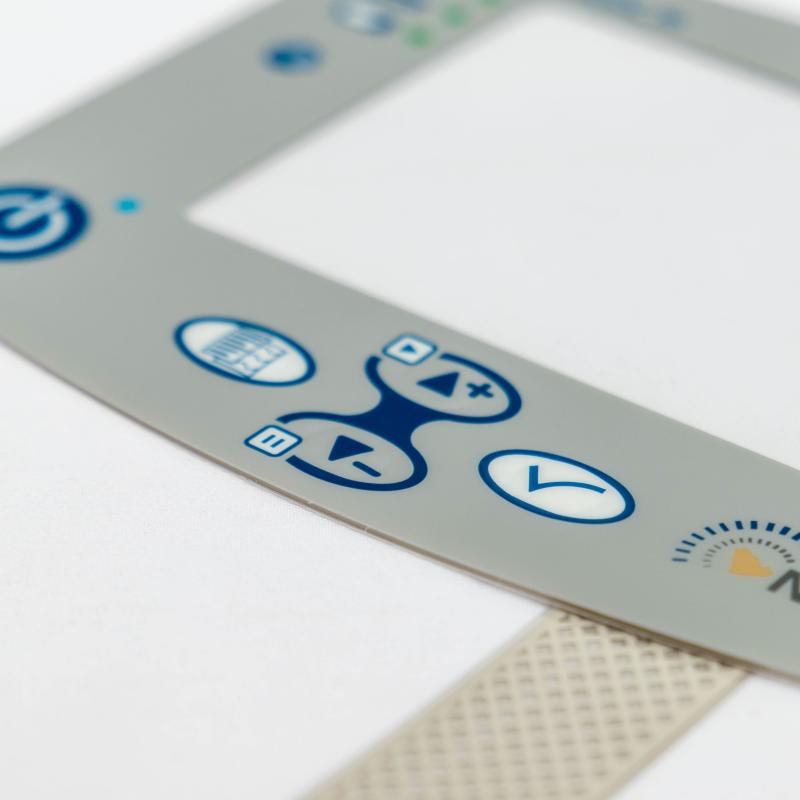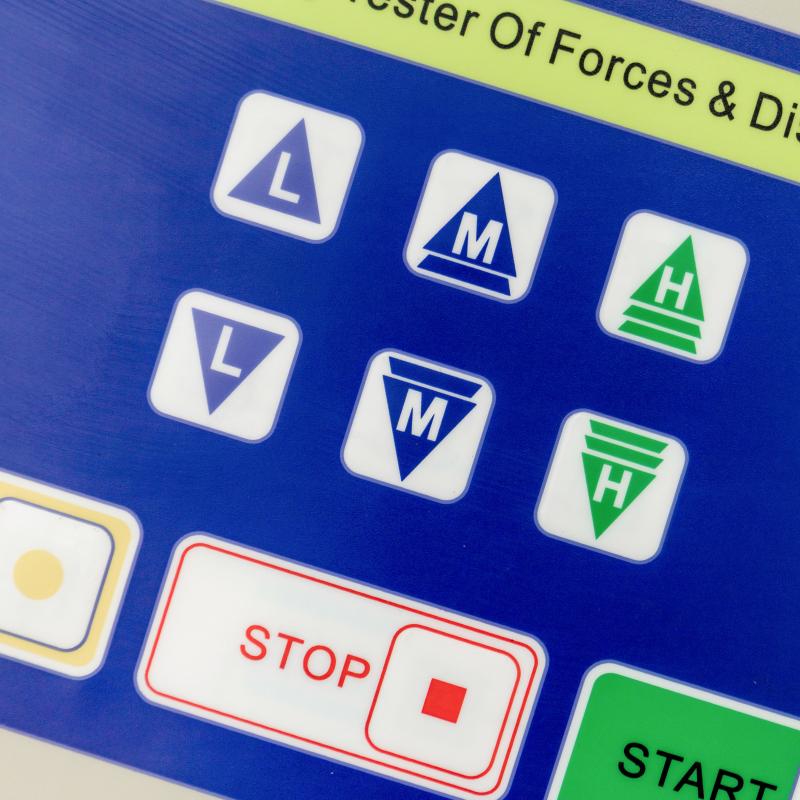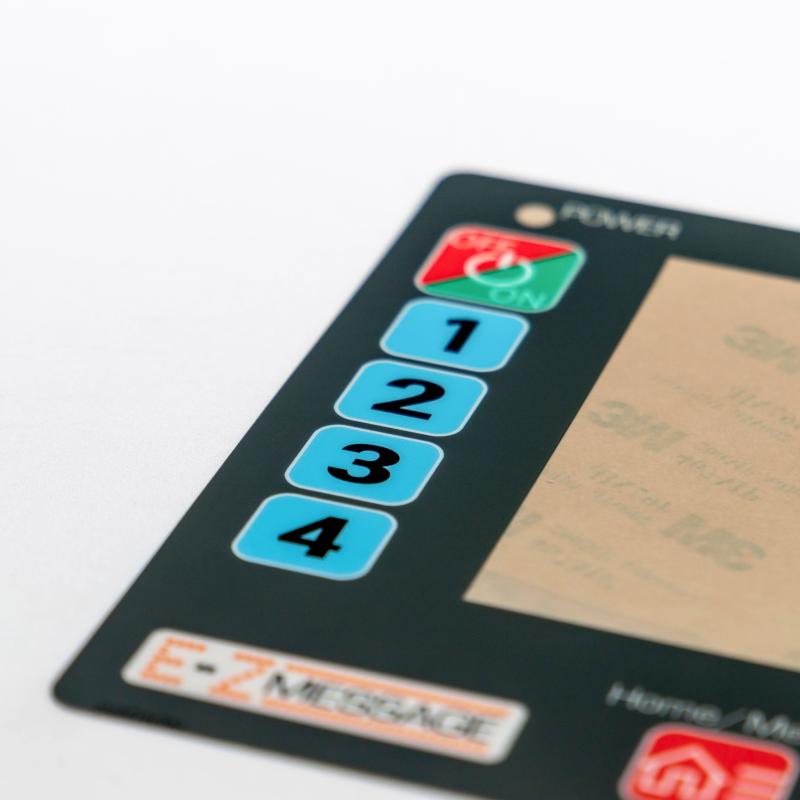Contact
Write to Us And We Would Be Happy to Advise You.
Do you have any questions, or would you like to speak directly with a representative?
By hqt
Graphic overlays play a crucial role in many electronic devices, providing a protective layer and enhancing the visual appeal of the device. When choosing the surface finish and treatment for a graphic overlay, it is important to consider the advantages and disadvantages of each option. In this article, we will discuss the advantages and disadvantages of the different surface finishes and treatments available for graphic overlays.



Matte finishes provide a non-reflective surface that reduces glare and fingerprints, making them a popular choice for applications where the device will be used in low light or outdoor environments. However, matte finishes can be more susceptible to scratches and marks, and may not provide the same level of visual appeal as gloss finishes.
Gloss finishes provide a high-gloss surface that enhances the visual appeal of the device, making them a popular choice for applications where the device will be used in high-end or luxury environments. However, gloss finishes can be more susceptible to glare and fingerprints, and may not provide the same level of grip and feel as matte or texture finishes.
Texture finishes provide a unique look and feel that can enhance the grip and feel of the device, making them a popular choice for applications where the device will be used in harsh or outdoor environments, as well as for applications that require a unique look and feel. However, texture finishes can be more difficult to clean and maintain, and may not provide the same level of visual appeal as gloss finishes.
Anti-glare treatments reduce the amount of light that is reflected by the surface of the graphic overlay, reducing glare and improving visibility. This makes them a popular choice for applications where the device will be used in low light or outdoor environments. However, anti-glare treatments can increase the cost of the graphic overlay and may affect the visual appeal of the device.
Anti-fingerprint treatments reduce the amount of oil and dirt that is transferred from the user’s fingers to the surface of the graphic overlay, reducing fingerprints and improving the appearance of the device. This makes them a popular choice for applications where the device will be used frequently or in environments with high levels of oil and dirt. However, anti-fingerprint treatments can increase the cost of the graphic overlay and may affect the durability of the surface finish.
Anti-bacterial treatments reduce the growth of bacteria and other microorganisms on the surface of the graphic overlay, improving the hygiene and safety of the device. This makes them a popular choice for medical and food preparation applications, as well as for applications where the device will be used in environments with high levels of bacteria and other microorganisms. However, anti-bacterial treatments can increase the cost of the graphic overlay and may affect the durability of the surface finish.
In conclusion, the choice of surface finish and treatment for a graphic overlay depends on the specific requirements of the application, and each option has its own advantages and disadvantages. By carefully considering the requirements of the application, including visual appeal, durability, and cost, you can choose the best surface finish and treatment for your graphic overlay.
Do you have any questions, or would you like to speak directly with a representative?